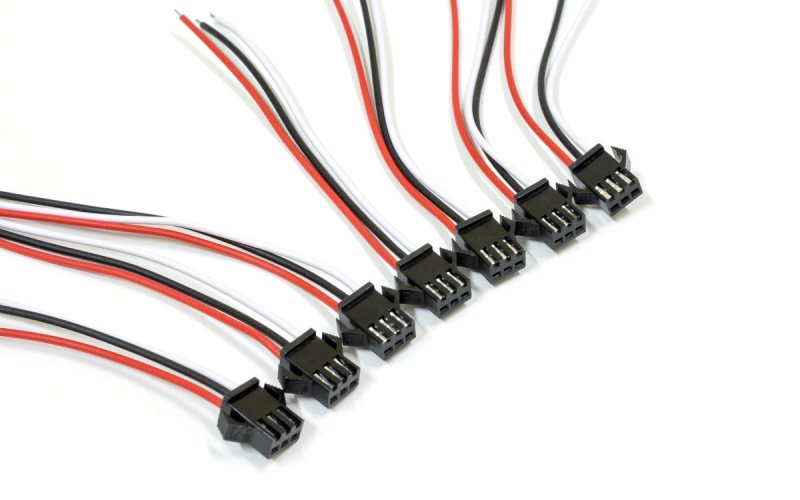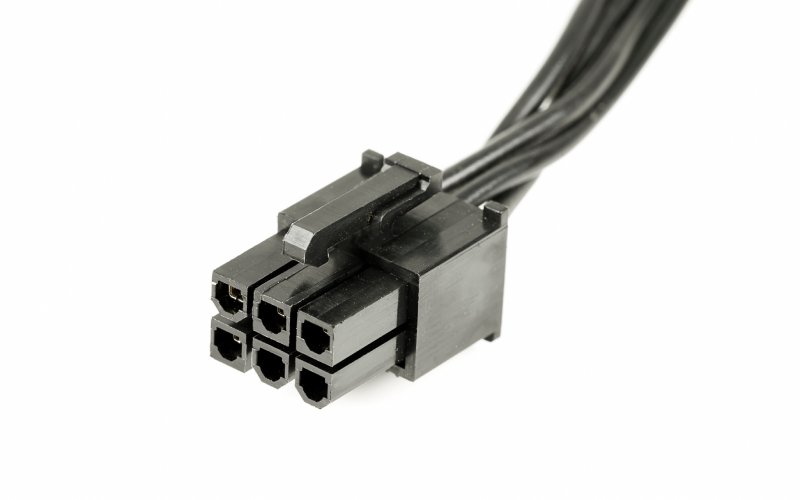3- vs. 6-Cavity Connectors: Which One Is Right for Your Car?
3- vs. 6-Cavity Connectors: Which One Is Right for Your Car?

When it comes to selecting the right electrical connector for your vehicle, the decision often boils down to whether a 3-cavity or 6-cavity connector is right for your car. While both types are essential in automotive wiring, they serve distinct purposes and are engineered for specific use cases. Making the wrong choice can compromise your car’s electrical system, leading to costly repairs and potential safety hazards. This article dives deep into the critical differences between these two connector types, helping you can make an informed decision. Soon, you’ll have the clarity you need to determine the ideal solution for your car’s electrical system.
Understanding Automotive Connectors
Electrical connectors are the unsung heroes of any automotive system. They link various components, ensuring seamless communication and power distribution throughout your vehicle. Modern cars are essentially advanced computers on wheels, with intricate wiring systems that rely on durable, efficient connectors. Connectors range in size, configuration, and cavity count, depending on their application.
The number of cavities in a connector corresponds to how many wires it supports, meaning the choice between a 3-cavity and 6-cavity connector primarily depends on your vehicle's wiring layout and specific requirements. While they may look similar at first glance, their differences significantly impact their performance and functionality.
Features and Use Cases for 3-Cavity Connectors
A 3-cavity connector is a compact option commonly used for smaller wiring configurations. With enough capacity for three separate wires, this type is ideal for supporting power circuits, sensors, or other low-complexity components within your car’s electrical system.
One of the main advantages of a 3-cavity connector is its streamlined design. Due to its smaller size and simplified construction, it’s easier to install in confined spaces. This feature makes it a preferred choice in areas like the engine bay or behind the dashboard, where space is at a premium. Additionally, their comparatively simple design minimizes the risk of error during installation.
The durability of quality 3-cavity connectors also makes them reliable for exterior applications, such as connecting lights or external sensors. Made from robust materials, these connectors can withstand harsh conditions, including extreme temperatures, water exposure, and vibrations. However, they are best suited for applications with moderate wiring needs, making them less versatile than their larger counterparts.

Features and Use Cases for 6-Cavity Connectors
A 6-cavity connector is designed for more complex wiring requirements. With the capacity to handle six individual wires, it plays a crucial role in managing advanced electrical components and communication systems in your car. Compared to a 3-cavity connector, a 6-cavity version can support higher electrical loads and organize connections involving multiple circuits more efficiently.
These connectors are often used in high-demand areas such as power distribution hubs, engine control units, and infotainment systems. Advanced vehicles equipped with systems like automatic braking or lane assist often require the additional functionality provided by a 6-cavity connector.
One of the primary benefits of this type of connector is its wide application range. Since modern vehicles feature increasingly sophisticated technologies, a 6-cavity connector offers the flexibility needed to support future upgrades or modifications to your car’s electrical system. They provide a more comprehensive solution for automotive wiring but require more attention during installation to ensure proper connections across all six wires.
While 6-cavity connectors are larger and more complex than 3-cavity connectors, their design includes locking mechanisms and foolproof features to ensure secure, error-free installations. They are robust enough to endure harsh automotive environments and are often built to meet stringent quality standards for reliability over time.

Key Differences Between 3- and 6-Cavity Connectors
The most obvious distinction between these two types of connectors lies in their capacity. A 3-cavity connector accommodates basic wiring setups, while a 6-cavity connector is engineered for advanced, multi-circuit systems. Beyond this clear difference, there's much more to consider.
Durability is essential for any connector, and while both types are built to withstand harsh automotive conditions, the added complexity of a 6-cavity connector demands a more rugged design. Consider the environment where the connector will be used—something as simple as exposure to debris or vibrations can help determine whether a 3- or 6-cavity connector is the better choice.
Additionally, installation requirements differ greatly between the two options. A 3-cavity connector works best when you need a simpler, less time-intensive solution. However, a 6-cavity connector requires more attention to detail during installation due to the increased number of wires and terminals.
Finally, cost varies between the two options. A 3-cavity connector is more budget-friendly for smaller projects, while a 6-cavity option represents a higher upfront investment but offers greater long-term flexibility.
How To Choose the Right Connector
Choosing between a 3-cavity connector and a 6-cavity connector means evaluating the specific needs of your vehicle’s wiring system. Start with a clear understanding of what you’re trying to achieve. For straightforward tasks, such as connecting a set of car speakers or a single sensor, a 3-cavity connector is sufficient.
If your car has multiple high-performance features requiring separate control inputs, a 6-cavity connector is likely a better fit. Look at your vehicle’s wiring diagram or consult a qualified technician to ensure you identify the right configuration. Ignoring this step could lead to compatibility issues or even long-term damage to your car’s electrical system.
Considering the future needs of your vehicle is another important factor. For example, if you plan to add more features or upgrade existing systems down the line, investing in a 6-cavity connector now could save you the trouble of rewiring later.
Common Mistakes To Avoid
One of the most frequent mistakes people make when selecting electrical connectors is failing to match their specifications with the system's requirements. Undersized connectors can create choke points, while oversized connectors may complicate installation. Always cross-check the specifications of your chosen connector with those of your car's electrical components.
Another mistake is overlooking the compatibility of materials. Ensure that the materials used in your connectors—both the housing and terminals—are compatible with the wires and environment they will be exposed to. For example, choosing a connector without waterproofing for a high-moisture environment could result in corrosion and failure.
Lastly, never compromise on quality. Substandard connectors may save money upfront, but they introduce risks that could result in costly repairs or replacements later.
Conclusion
When deciding between a 3-cavity vs 6-cavity connector and deciding which one is right for your car, the goal should always be to balance simplicity, functionality, and futureproofing. A 3-cavity connector is often ideal for smaller, simpler projects, whereas a 6-cavity connector provides flexibility and scalability for more complex systems. Assess your needs, consult professionals, and make a decision that prioritizes both current functionality and future adaptability.
We specialize in delivering high-quality connectors for all your automotive needs, including reliable 3-, 6-, and 4-wire connectors. Browse our catalog today or reach out to our team for expert advice tailored to your specific requirements. No matter what your automotive wiring demands, we have the solutions to help you succeed.

You must login to post comments.